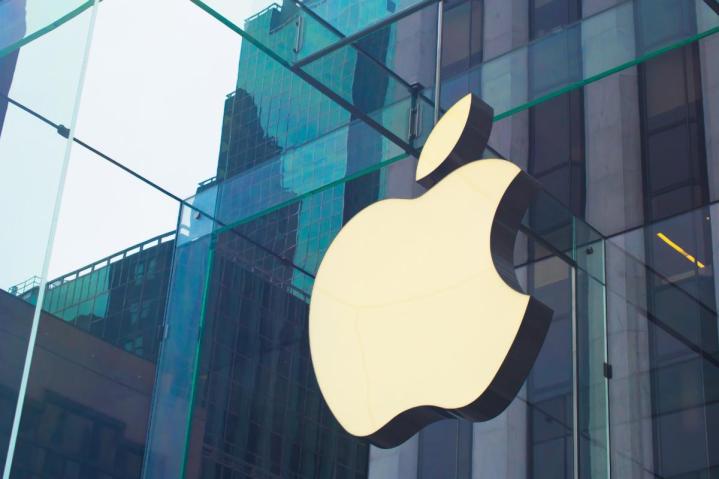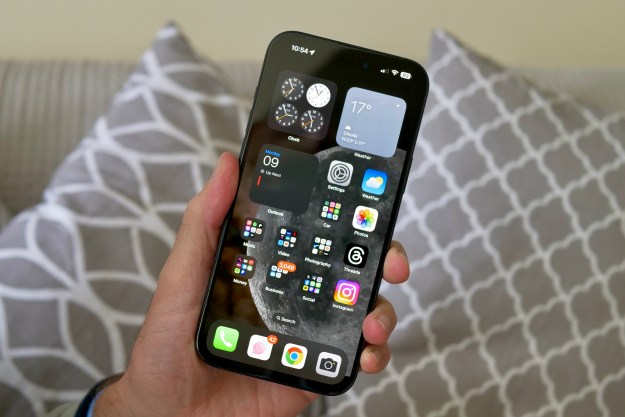
According to the report, Apple’s hashing out the specifics of a more nuanced pricing structure with major content companies. Whatever terms are decided upon will apply to recurring payments for premium video plans like Netflix and news subscriptions from top publishers (The New York Times Company, Condé Nast, Time Inc., and others), but they’ll stop short of encompassing apps — Apple will continue to collect 30 percent of individual software sales.
Apple’s motivation to adjust its 70/30 split, which has become an industry standard, are challenges to its upcoming music streaming service from both European regulators and record labels. The European Commission has privately expressed concern that Apple will abuse its “size, relationships and influence” to pressure music publishers to pull content from ad-supported, free competitors such as Spotify and Pandora. And labels are pushing for a larger percentage of streaming revenue, in some cases as high as 60 percent.
A smaller fee might make Apple’s digital storefronts attractive to services that couldn’t justify the previous model’s economics. Music offerings like Google Play All Access, which currently restricts sign-ups on iPhones and iPads right now to avoid paying the App Store fee, could begin offering paid upgrades through their iOS apps. That’d by no accident help Apple shed its monopolistic image — the company’s rumored service costs $10 a month, a price competitors can’t currently match without levying fees to mitigate the impact of the current revenue split.
But the change would have to be dramatic. Ben Drury, a chief strategy officer at streaming technology startup 7Digital, told the Financial Times that Apple would have to move to a 95/5 split or lower to attract music subscription services because most “lose money or operate on wafer thin margins.”
Users stand to benefit from the change in other ways. Publishers and video services that haven’t begrudgingly forfeited a percentage of profits have attempted to avoid the “Apple tax” with web-based apps, some of which are slower and less responsive than their native counterparts. A lower fee would eliminate the need for such workarounds.
Editors' Recommendations
- This one Apple Fitness feature completely changed how I exercise
- An Apple insider just revealed how iOS 18’s AI features will work
- There’s a big problem with the iPhone’s Photos app
- When will Apple release iOS 18? Here’s what we know
- Everything you need to know about the massive Apple App Store outage


